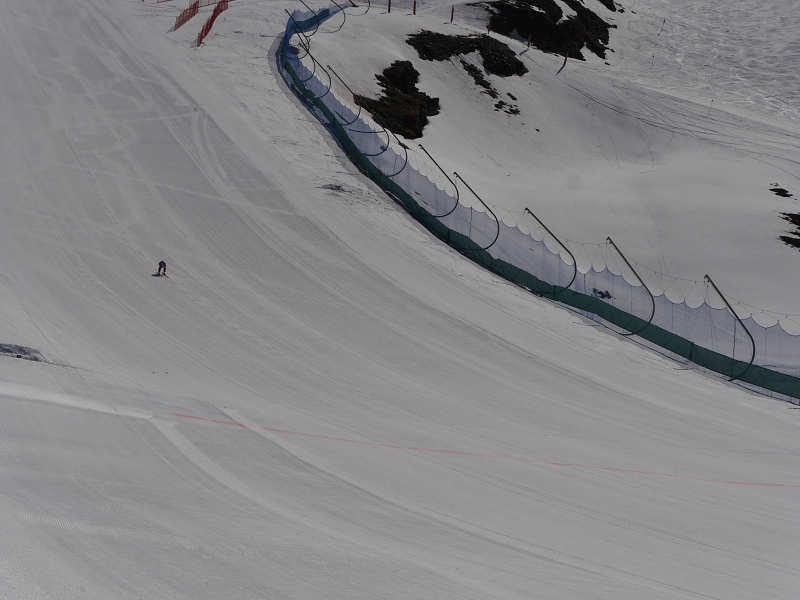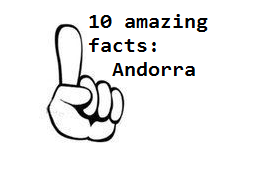Barcelona (Catalonia, Spain) is an important railway junction; from here depart the Renfe Operadora lines (the Spanish state railway network) that go to Mataró and Maçanet, Girona and France, Manresa and Lleida, Vilanova i Valls, Martorell, Vilafranca and Tarragona. In addition to the Generalitat de Catalunya (FGC) railway lines that connect with the Vallès and Baix Llobregat, Anoia and Bages.
Barcelona Sants station is the city’s main station and is the first state railway station on international routes. Estació de França is the second busiest railway station of the city.
The railway first arrived in Barcelona on October 28, 1848 with the Barcelona-Mataró line. The city at that pre-industrial time was isolated by the walls and these prevented the train from entering. Because they could not penetrate into the urban network of the old city, the train lines placed the terminal stations on the edge of the walls.
All lines:
Barcelona-Mataró line: terminal station between the Porta de Mar and Barceloneta (where the Estació de les Rodalies was later located, next to the Estació de França).
Granollers Line: terminal station between the Customs and the General’s Garden, now Estació de França. This terminal was the only one that pierced the wall with a point and a tunnel.
Zaragoza Line (via Manresa and Lleida): terminal station above the Ciutadella (where Vilanova Station would later be).
Vilanova Line: terminal station in Les Hortes de Sant Beltran, near Les Drassanes, which disappeared when the lines were unified to pass through Sants station.
Martorell Line: terminal station in front of Canaletes and the Portal de Isabel II.
A significant number of regional trains run from Barcelona, operated by Renfe, connecting the city with Catalan cities over 80 kilometers away, including three other provincial capitals.
The AVE (High Speed Train) has been connecting Madrid and Barcelona since February 2008 via the LAV Madrid – Zaragoza – Barcelona – French border.
Renfe’s low-cost, Avlo, also launched the first passenger high-speed train on the Madrid-Zaragoza-Barcelona route. Currently undergoing testing, the launch of Avlo on a regular basis is planned from June 23, 2021. The price of a train ticket will seriously compete with air traffic between cities in Spain. Prices start at € 7 one way instead of the previously planned € 9. The maximum ticket price, according to Francisco Arteaga, head of high-speed business and commercial services at Renfe, is 65 euros.
Tickets will be sold mainly via the Internet and can also be purchased at ticket offices and travel agencies.
The test aims to upgrade the Talgo 112 series compartments, five of which were upgraded for the Avlo project as part of the liberalization of passenger rail services. These trains will also compete with the Ouigo SNCF service and AVE Renfe itself.
In 2022, the route will be expanded to the Madrid-South and Madrid-Levante directions.
Trains are equipped with exclusively economy class carriages. To maximize space, the dining car and the business class area have been eliminated. The ticket price includes the possibility of traveling with luggage (one piece), as well as a Wi-Fi connection.
The train is designed for 438 seats, which is 20% more than the trains of the regular series 112.
During 2022, Avlo will include Talgo Avril compartments (series 106) with a passenger capacity of 581.
Barcelona full guide
Barcelona theaters and entertainment
Barcelona FC and sport infrastructure
Barcelona administrative division
See here Catalan travel guide











